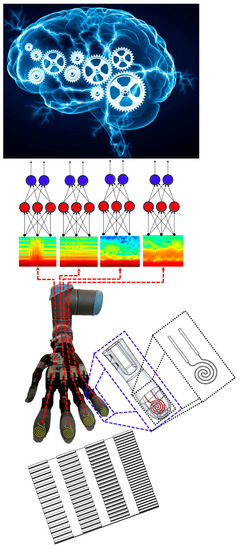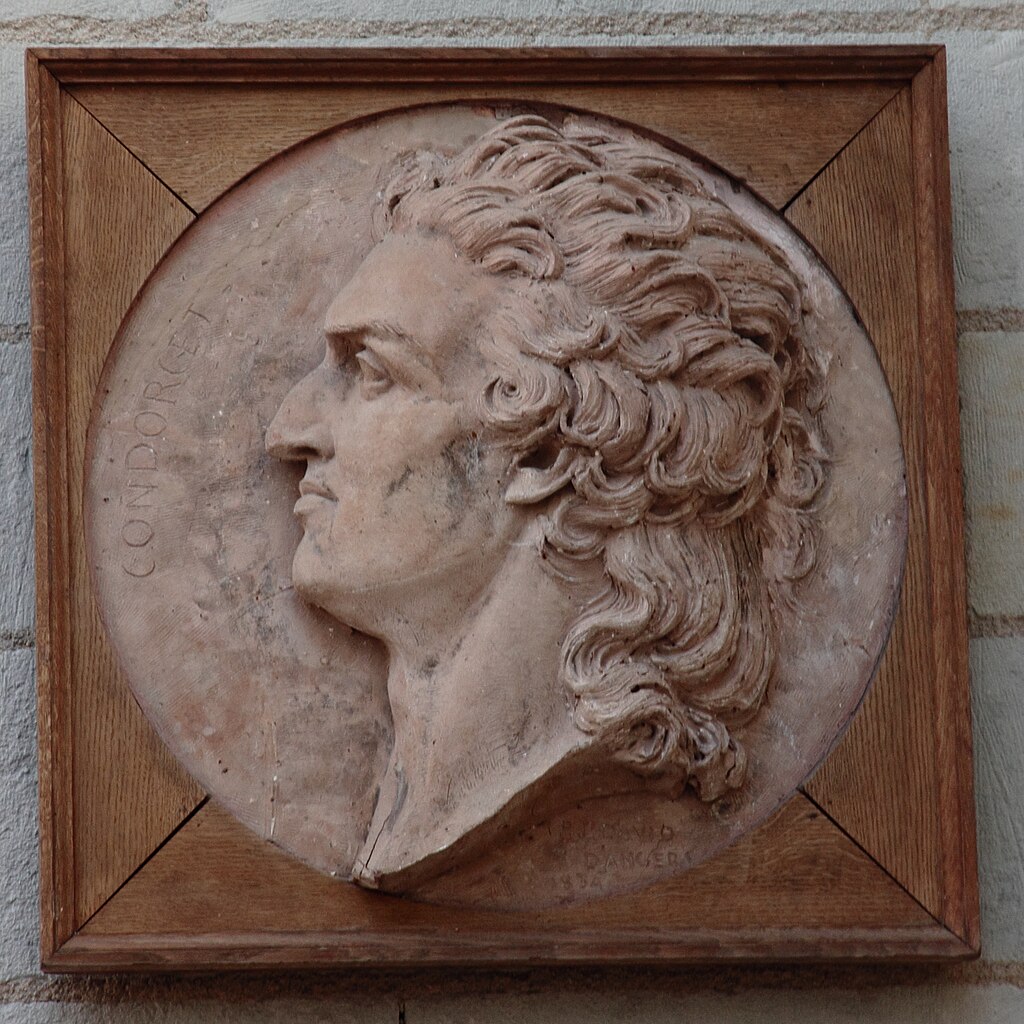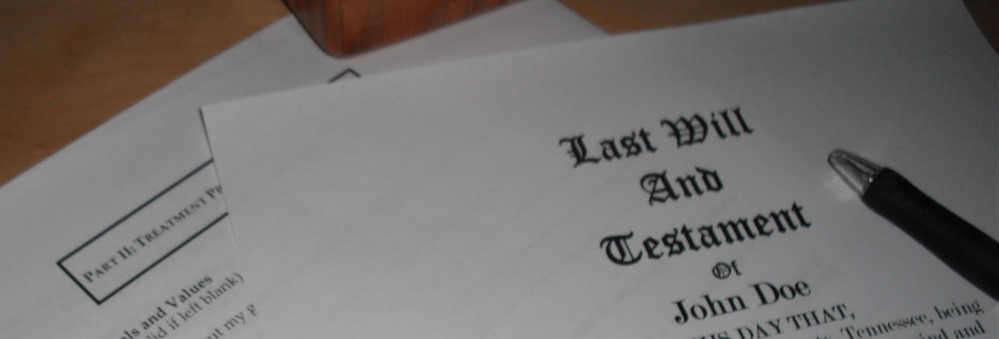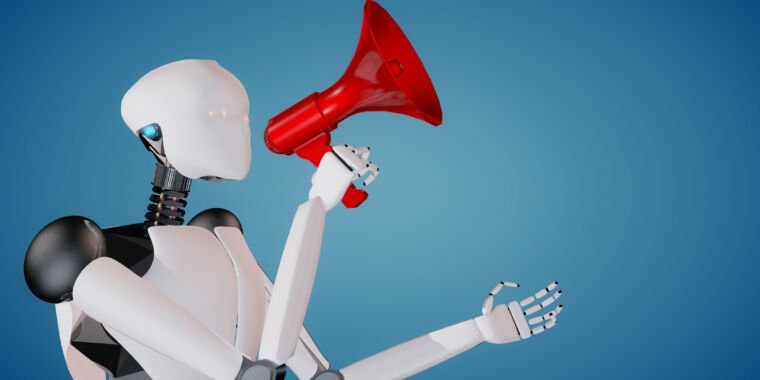Tactile illusions - Scholarpedia
Tactile illusions are found when the perception of a quality of an object through the sense of touch does not seem to be in agreement with the physical stimulus. They can arise in numerous circumstances and can provide insights into the mechanisms subserving haptic sensations. Many of them can be exploited, or avoided, in order to create efficient haptic display systems or to study the nervous system.
It is sometimes assumed that vision is the main source of perceptual illusions and that, in contrast, touch is not subject to surprising perceptual phenomena. This belief is ancient. George Berkeley (1685-1753), Étienne Bonnot de Condillac (1714-1780), and others of this era frequently referred to touch as the provider of the 'truth' to the other senses. While this observation appears to be borne out frequently in everyday life, touch is similarly subject to ambiguous or conflicting sources of information, which, as in vision, audition, and other sensory inputs, provide circumstances in which touch-based illusions can arise. It could be that tactile illusions simply go unnoticed more frequently.
Like the systems subserving audition, vision, vestibular inputs, and taste/olfaction, (all of which are subject to illusions) the somatosensory system has evolved to solve perceptual problems quickly and reliably, subject to constraints that are physical (i.e., skin mechanoreceptors cannot be at a small distance from the surface comparatively to their size), physiological (i.e., neural computation is powerful but limited; mechanoreceptors must have a refractory period), and metabolic (i.e., only a proportion of afferent fibers from the periphery to the brain can be myelinated) in origin.



















